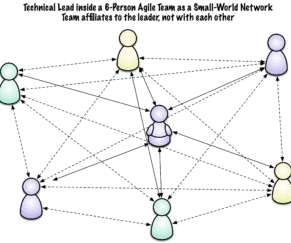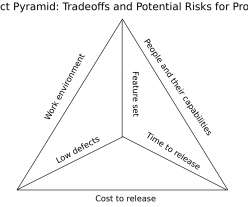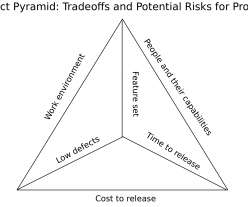When Writing Has Two Focuses: Invite Ideal Readers to Change and Assure Secondary Readers
Johanna Rothman
MARCH 22, 2023
Since I also write for project, program, and portfolio managers, you might not choose to read this post. Writers often need a different approach to manage everyone's expectations. How to Write for Secondary Readers Polly, a program manager, works with her program team to solve a cross-program problem: status reporting.













Let's personalize your content